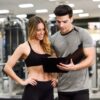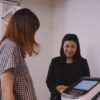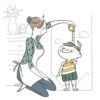
Hormones play a significant role in regulating body composition, including fat storage, muscle growth, and bone density. Insulin regulates blood sugar levels, while leptin signals the brain when full and ghrelin stimulates appetite. Thyroid hormones regulate metabolism, and cortisol responds to stress. A holistic approach, including healthy habits, is necessary for weight management, as hormones interact with each other and are influenced by lifestyle factors.
Ever wondered what’s pulling the strings behind your body’s response to food, stress, and other factors that influence weight? The answer lies largely in your hormones.
Hormones play a significant role in regulating body composition, which refers to the proportion of fat, muscle, and bone mass in the body. They influence various aspects, such as fat storage, muscle growth, and bone density.
Let’s dive into the fascinating world of endocrine function and see how various hormones play a crucial role in maintaining body weight.
Insulin: The Sugar Regulator
Insulin, produced by the pancreas, plays a crucial role in controlling blood sugar levels by facilitating the absorption of glucose into cells for use as energy.
Our body breaks down food into glucose, which enters the bloodstream. High blood glucose levels trigger the pancreas to release insulin, directing cells to use glucose for energy.
Overconsumption of sugars and carbohydrates can cause insulin levels to rise, which in turn promotes fat storage and can lead to increased body fat (especially abdominal fat) if the energy isn’t used.

Insulin resistance is a common condition that occurs when your cells become less responsive to insulin, resulting in elevated blood sugar levels as glucose cannot enter your cells.
To compensate for this, your pancreas produces additional insulin to enhance glucose absorption. Research has established a correlation between insulin resistance and obesity, which can increase the risk of developing type 2 diabetes and osteoporosis.
To avoid insulin resistance
To avoid high sugar spikes that can lead to insulin resistance in the long run, it’s important to increase fiber intake in the diet.
Consuming foods that are high in fiber can help you regulate blood sugar levels and reduce your risk of developing insulin resistance. Additionally, increasing your muscle mass can help improve your insulin resistance. This is because your muscle cells are able to use glucose for energy, which can help lower your blood sugar levels.
It’s important to maintain other healthy lifestyle habits, such as consuming a balanced diet, avoiding excessive sugar and carbohydrate intake, and engaging in regular physical activity.
Leptin: The Satiety Hormone
Leptin is a hormone produced by the fat cells in your body. One of its main functions is to signal your brain when you’ve had enough to eat so that you stop feeling hungry.
Leptin is important for maintaining a healthy weight, but overweight individuals may develop leptin resistance. This reduces the brain’s response to leptin signals, causing hunger even after eating enough.
This can lead to overeating, weight gain, and other health problems. Researchers are still working to understand the causes of leptin resistance and how it can be prevented or treated.

Some potential factors that may contribute to leptin resistance include a diet high in processed foods and sleep deprivation. Therefore, it is important to maintain a healthy lifestyle, which includes a balanced diet and enough sleep, to prevent the onset of leptin resistance and maintain a healthy weight.
Ghrelin: The Hunger Hormone
Ghrelin is a hormone that is often referred to as the ‘hunger hormone, as it is responsible for stimulating appetite. It is produced in the stomach, and levels rise before meals, which signals to the brain that it’s time to eat. After eating, ghrelin levels decrease, which helps reduce hunger.
However, if someone has a constant, high level of ghrelin, it could lead to overeating, which in turn may lead to weight gain. In fact, research has shown that individuals with high levels of ghrelin tend to consume more calories and have a higher body mass index than those with lower levels of the hormone.
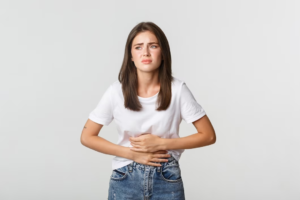
Therefore, it is important to regulate ghrelin levels in the body in order to maintain a healthy weight and avoid overeating. This can be achieved through various means, such as consuming a balanced diet, ensuring adequate sleep, and managing stress levels. By doing so, individuals can help keep their ghrelin levels in check and maintain a healthy body weight.
How do I manage ghrelin levels?
Losing weight can be challenging due to the fact that reducing calorie intake can often result in higher levels of ghrelin, a hormone that increases hunger. Moreover, metabolism tends to slow down, and levels of leptin decrease.
According to the research, incorporating protein into your diet may help regulate ghrelin levels, which can reduce hunger and support weight management. Additionally, it’s important to eat regular meals instead of skipping them in order to regulate ghrelin and prevent overeating. If you’re struggling to control your appetite, it’s recommended that you seek medical help.
Thyroid Hormones: The Metabolism Masters

The thyroid gland is a vital component of our endocrine system and plays a crucial role in regulating our metabolism.
The thyroid hormones T3 and T4, produced by the thyroid gland, are responsible for this regulation.
A decrease in the production of these hormones can slow down our metabolism and result in weight gain.
Regular exercise and consuming a diet like the Mediterranean diet rich in iodine, selenium, and zinc can support healthy thyroid function, which in turn supports a healthy metabolism and body weight.
Cortisol: The Stress Hormone
Cortisol is a hormone produced by the adrenal glands in response to stress. It provides energy and resources to deal with stress. However, chronic stress can lead to persistently high cortisol levels, which can harm the body.
One of the most significant effects of chronically elevated cortisol levels is weight gain, particularly around the abdomen. This is because cortisol can stimulate the appetite, leading to overeating, and can also promote the storage of fat in the abdominal region.
Therefore, it is important to find ways to manage and reduce stress in order to maintain a healthy weight and overall well-being.
Engaging in stress-relieving activities, such as yoga, meditation, or simply taking a walk in nature, can help manage cortisol levels. This, in turn, can help to control body weight and reduce the risk of visceral fat accumulation.
What Is Visceral Fat, and How Can You Detect It?
Visceral fat, also known as “deep fat,” is body fat that’s stored within the abdominal cavity. It’s located around a number of important internal organs, such as the liver, pancreas, and intestines. This differentiates it from subcutaneous fat, which is stored under the skin and can be easily seen and measured.
Visceral fat is considered dangerous because of its association with a higher risk of several health problems, such as an increased risk of heart attack, type 2 diabetes, inflammation, high blood pressure, and certain types of cancer.
The medical BIA test is one of the great option in calculating your body fat percentage, including visceral fat, by measuring the resistance of an electric current as it moves through your body.
This method allows you to understand your visceral fat in a noninvasive, low-cost, and radiation-free way. By taking an InBody test, one of the professional BIA tests available at InBody locations, you can gain insight into your visceral fat and take the first step toward making positive lifestyle changes.
Final Thoughts on Hormones and Body Composition
It is important to understand that the impact of hormones on our body weight is not a simple, straightforward process. There are a multitude of hormones at play, and they all interact with each other in complex ways that are still not fully understood by scientists. Although insulin and cortisol play a significant role in body weight, they do not act alone. They interact with other hormones and bodily processes and are influenced by lifestyle factors like diet, exercise, and sleep.
Therefore, it is not enough to simply focus on a single hormone when it comes to weight management. Rather, a holistic approach with healthcare professionals is necessary, one that takes into account all of the different hormones and factors that can influence body weight. By adopting healthy habits, such as eating a balanced diet, getting regular exercise, and getting enough sleep, we can promote a hormonal balance that supports our weight management efforts.














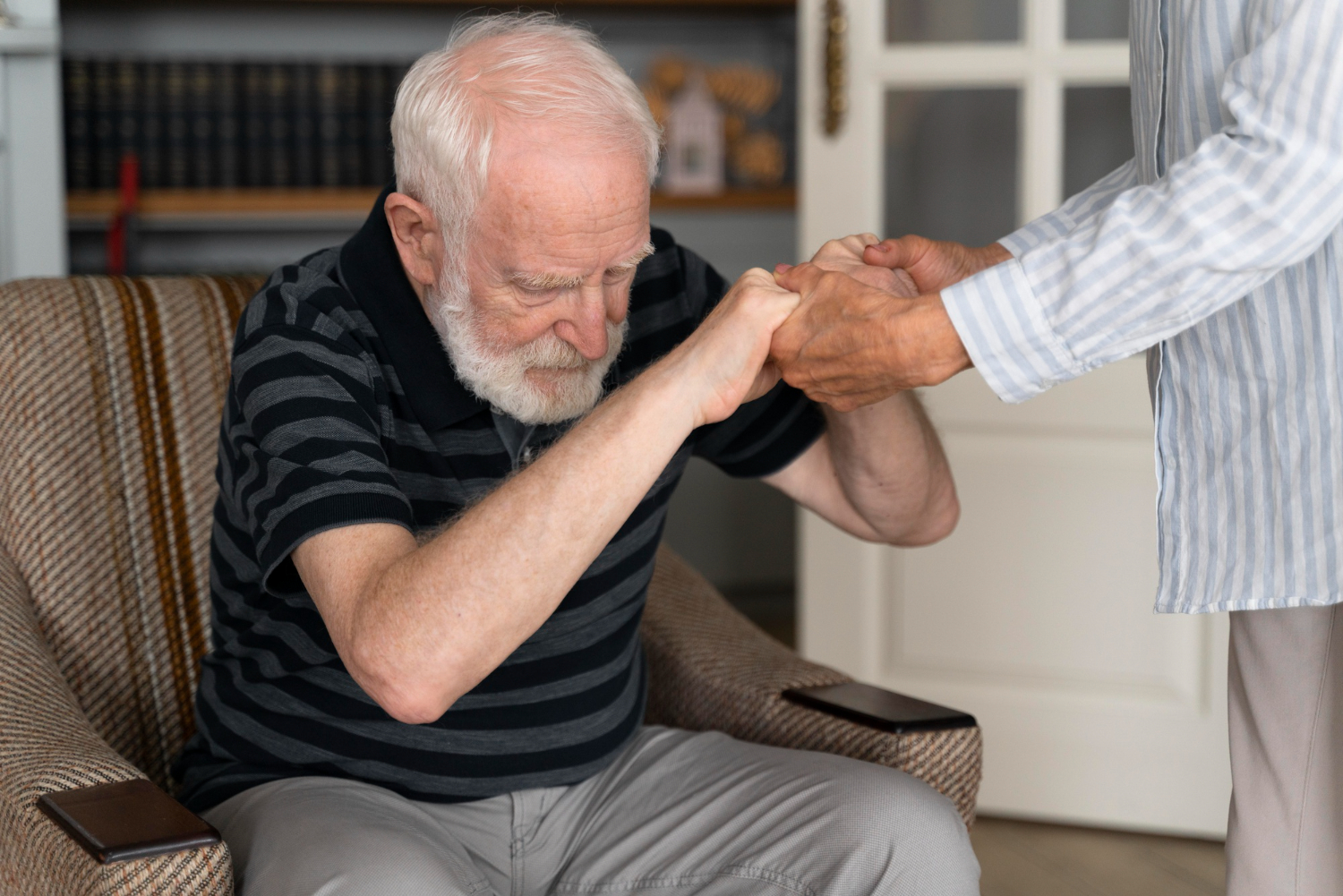
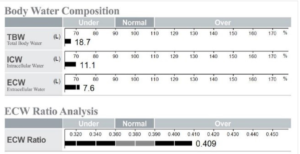


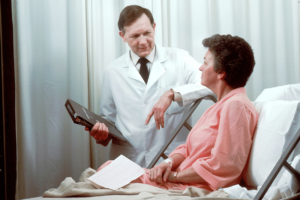
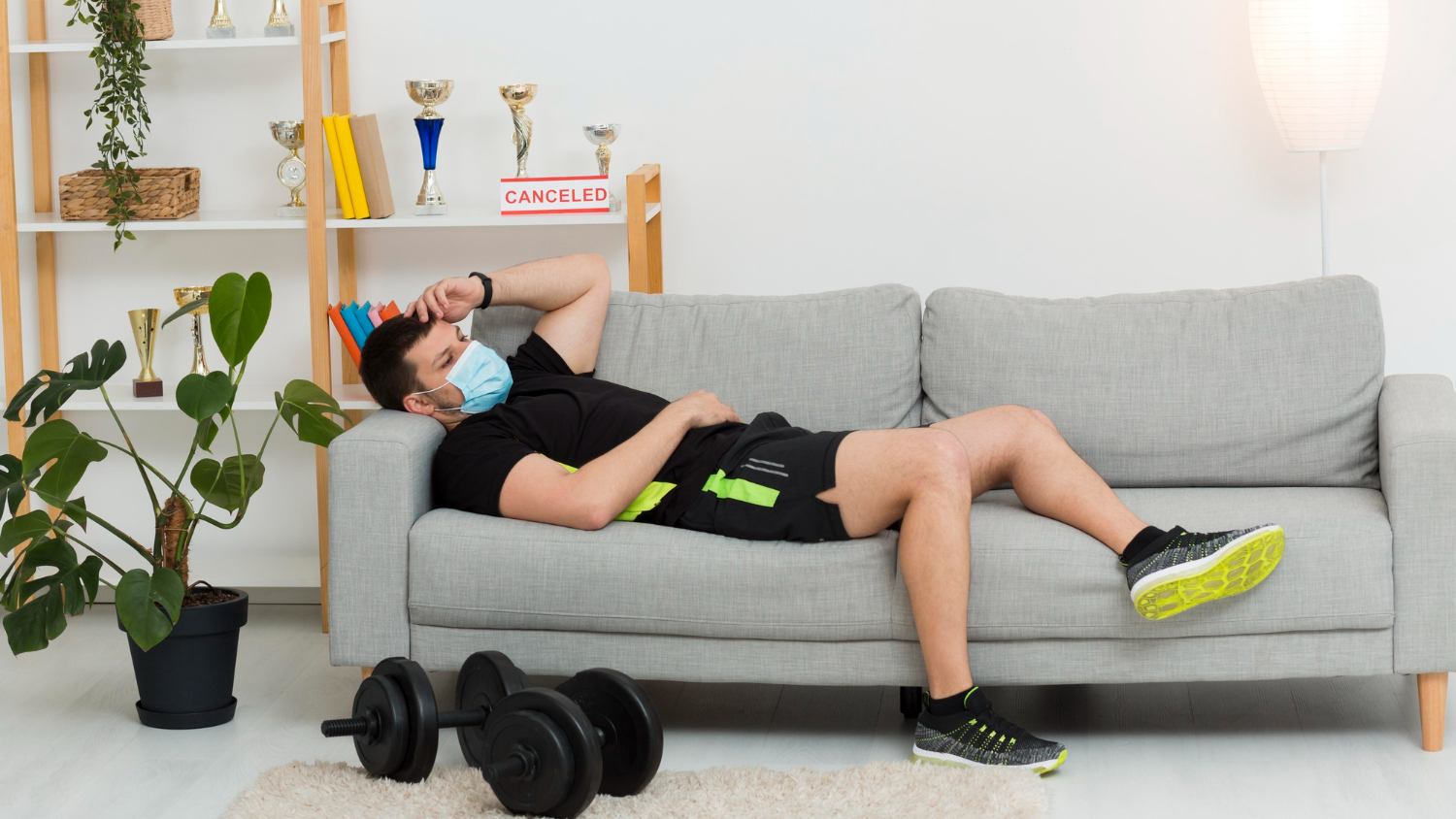











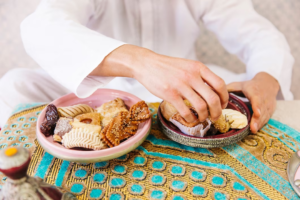












 According to the image above, which is part of the sample printed result sheet, this normal weight child has a higher Body Fat Mass than the normal range according to the child’s gender and height.
According to the image above, which is part of the sample printed result sheet, this normal weight child has a higher Body Fat Mass than the normal range according to the child’s gender and height.








